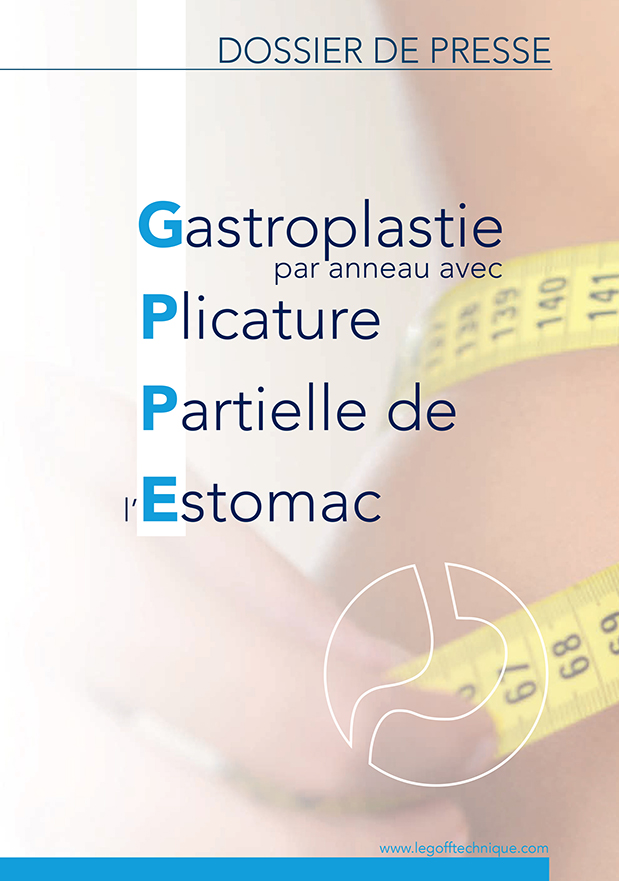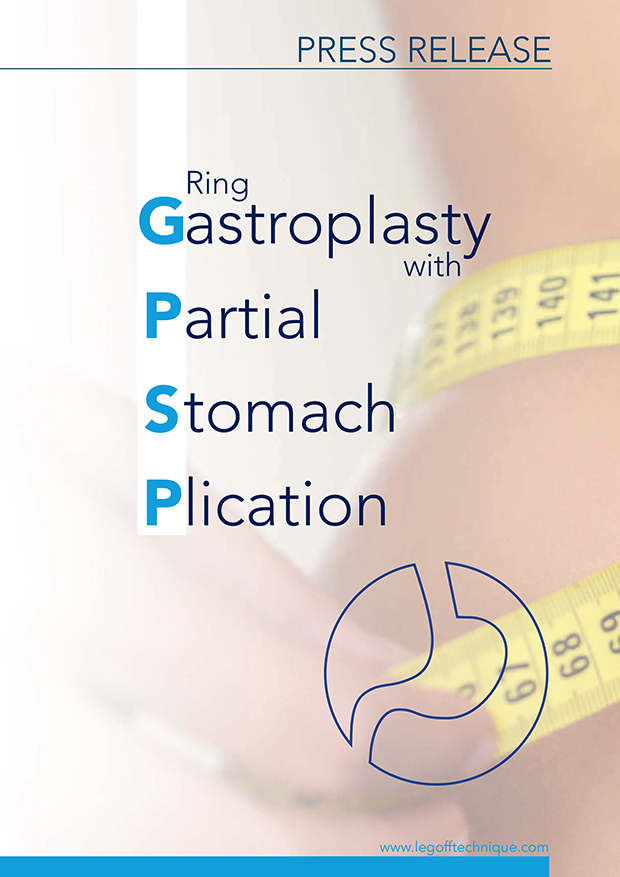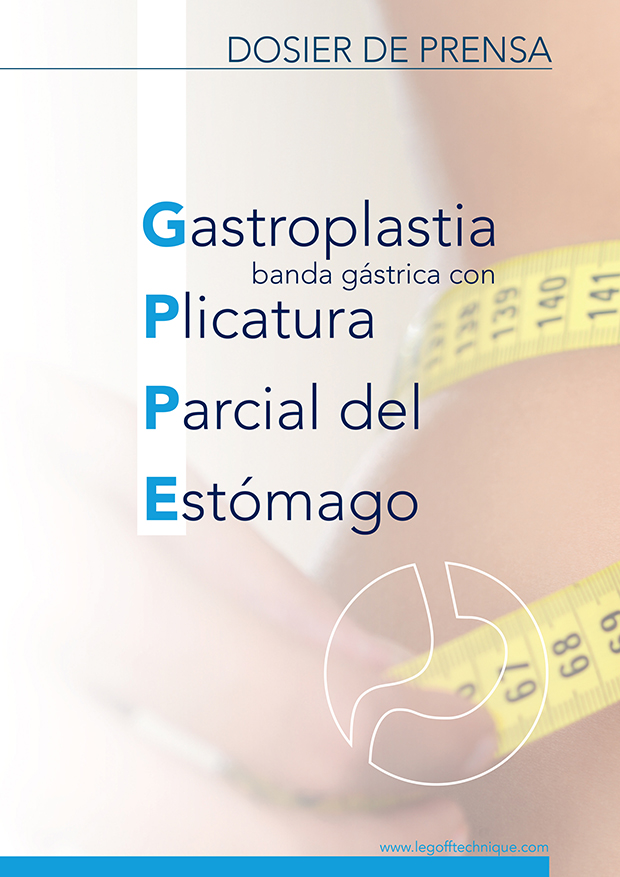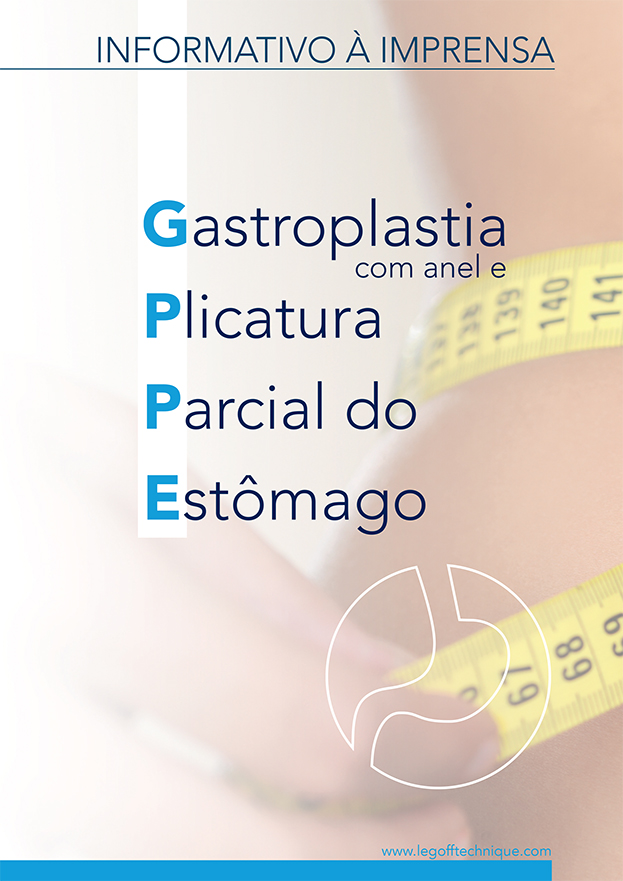Dr Jean-Yves Le Goff
Obesity surgery in Paris
BECOME AN ACTOR
YOUR WEIGHT LOSS
Le Dr Le goff
Obesity surgery in Paris

“ My innovative obesity surgery technique consists of gastric banding with partial gastric folding of the stomach, associated with multidisciplinary treatment. This is a minimally-invasive, reversible and non-aggressive procedure without mutilations. More than 27 years it has been proven to work, encouraging me to make it widely known today. This is an alternative that I wish to offer patients suffering from obesity, without the morbidity and mortality that comes with other types of surgery. Let’s talk about it! ”
– 1544 patients assessed from 1996 to 2023
– 0% mortality
– Average patient BMI of 43.1
– 67,4% excess weight loss in 18
months
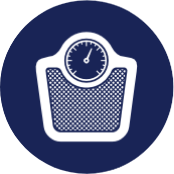
CALCULATE YOUR BMI
Calculating your Body Mass Index determines your degree of obesity and tells you whether you may benefit from obesity surgery.

THE SURGERY
The Le Goff Technique (GPSP) consists of placing a band and folding over the top part of the stomach. Discover the steps in the surgery.

BEFORE/AFTER
The Le Goff Technique (GPSP)
Bariatric Surgery in Paris

Long-Term Results
Short, medium and long-term weight loss, equivalent to or greater than bypass surgery.

Zero
Mortality
This method has been used successfully for 27 years.

Very Low Rate Of Complications
Very significant reduction in dilatation issues associated with band slippage and complications.

Personalised Monitoring
Regular monitoring and treatment of patients over time.
F.A.Q The Le Goff Technique (GPSP)
Obesity surgery in Paris
What does the Le Goff Technique surgery involve (GPSP)?
This is gastric band surgery with 5 technical aspects:
• Retrogastric dissection (the band is better held back).
• Partial plicature of the stomach reducing the size of the stomach leading to effacement of the greater tuberosity like in sleeve surgery but without real ablation of the stomach. This is a virtual ablation.
• Reduction of the size of the stomach under the band due to partial plication of the stomach.
• Stimulation by the gastric valve, which fixes the band, of the hunger centres in the lower oesophagus.
• Fat and the nerve endings from the left vagus nerve are removed, leading to reduction in the evacuation of the stomach under the band.
These 5 technical aspects increase the efficiency of the Le Goff Technique (GPSP). All this means that patients are not as hungry or even not hungry at all, and that weight loss will be hugely facilitated.
How much weight loss can I expected in the first year?
It will be considerable if you follow our recommendations and advice: nutritional advice, possible psychological treatment, resumption of sport (exercise bike, swimming, aquagym, aquabike).
Statistically on average, of nearly 800 patients operated, 60 to 70 % of excess weight is lost in the first year. This weight loss will continue to rapidly reach 100% of excess weight loss for the most motivated patients.
When is the band inflated, and how?
Inflation is necessary for about 90% of patients. Only 10% of them will lose all their excess weight without the need to inflate the band using in the Le Goff Technique (GPSP).
Thus, for most patients, the band will never be inflated before 4 to 6 weeks after the surgical procedure so that it is as solid as possible (some patients have had the same montage, band and unit, for 27 years).
The band is inflated by the surgeon under local anaesthetic through the skin (the band unit is injected deeply through the skin), in radiology with a barium swallow, used to check the passage of liquid through the band. The adjustment takes about 15 to 20 minutes.
What complications can be encountered with the Le Goff Technique (GPSP)?
The two serious complications that can be encountered are rare and entirely avoidable. They are gastric dilatation above the band and erosion of the stomach by the band.
These two exceptional complications are linked to the fact that the patients vomit several times a day (three, four times). Most patients do not vomit or do so only exceptionally, once to three times a week, which poses no problem.
With the Le Goff Technique (GPSP), gastric dilatation represents 13 cases in 794 evaluated over a period of 27 years, or less than 0.2%. This figure should be compared to 30% dilatation when the band is not fixed.
With the Le Goff Technique, gastric erosion represents 8 cases in 794, or 0.1%, a very low rate compared to high gastric erosion figures for gastric bands that are not fixed. This is linked to the fact that the patient vomits several times a day even when full. Constant vomiting leads to weakening of the stomach walls and the band finishes by appearing inside the stomach without the patient realising. The patient only notices that the band is no longer effective.
Obesity surgery in Paris
30, Avenue du président wilson Paris 75116


